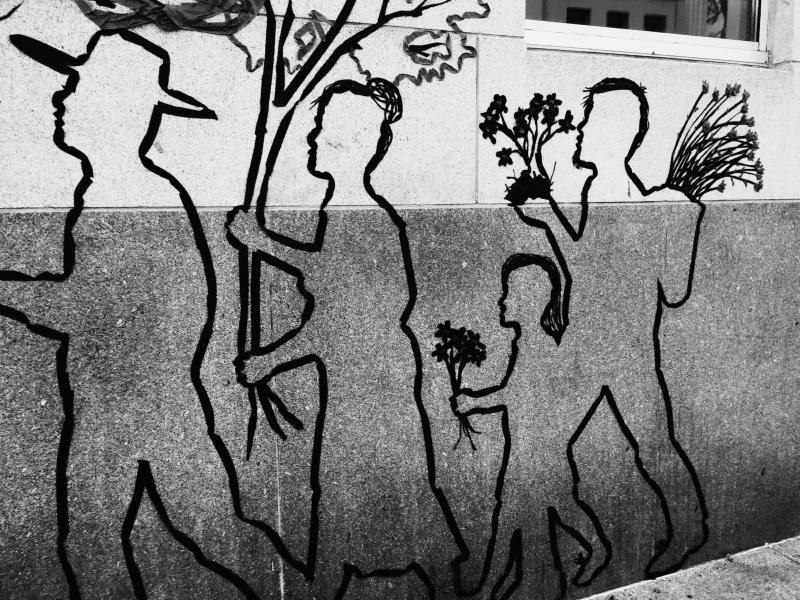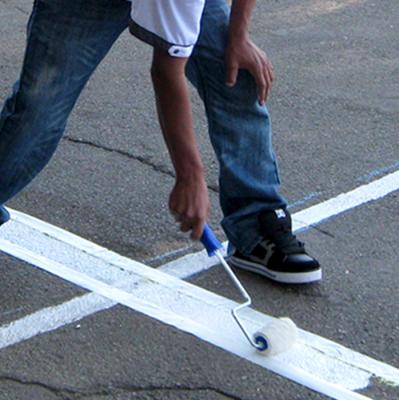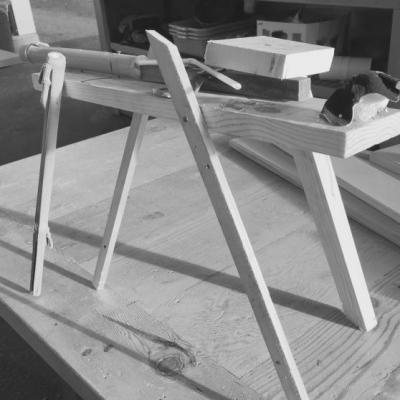This practice promotes noticing, play, and exploration. When learners have time to tinker with materials they can gain an understanding of the affordances, possibilities, and constraints inherent in a variety of making materials.

This practice promotes noticing, play, and exploration. When learners have time to tinker with materials they can gain an understanding of the affordances, possibilities, and constraints inherent in a variety of making materials.


"Agency by Design: Empowering Young People to Shape their Worlds" explores the ways in which educators can develop teaching strategies that support student agency through maker-centered learning experiences.
Video by Alex Coppola
這個思考模式通過幫助學生近距離觀察某個物品/系統的細節,考慮不同的使用者和利益相關者不同的觀點角度,以反思自己和這個物品/系統的關係來探究其中的關聯性。

Educator Tatum Omari examines the system of educator collaborations and partnerships.

Esta rutina de pensamiento ayuda a los estudiantes a ir lentamente y observar detallada y cuidadosamente, al animarlos a mirar más allá de las características obvias de un objeto o sistema. Esta rutina de pensamiento estimula la curiosidad, plantea preguntas y hace evidente otras áreas para continuar la investigación.

Boston-based architect David Stephen discusses his experiences developing “Maker Campus Master Plans” with various members of Agency by Design’s Oakland Learning Community.

A conversation starter and reflective activity for introducing young people and adults to making.

This Learn Workbook supports engagement with the Voice and Choice protocol. Created by Julie Rains.
Since 2012, the Agency by Design research team at Project Zero has explored the promises, practices, and pedagogies of maker-centered learning in a variety of settings. This initial research produced a flexible pedagogical model that supports young people in becoming sensitive to design and seeing themselves as the creators of their worlds. Beginning in 2018, the Agency by Design research team began working with a cohort of early childhood educators in Hong Kong on a pilot study to adapt the Agency by Design framework for young learners. The result of this exciting work is the Maker-Centered Learning Playbook for Early Childhood Education. This playbook includes lessons learned from the study, pictures of practice, and a host of educator tools and resources designed to support the development of young students’ maker capacities while also nurturing other generative cognitive dispositions and habits of mind at this early stage of learning and development.
This resource is available in hard copy on Amazon.